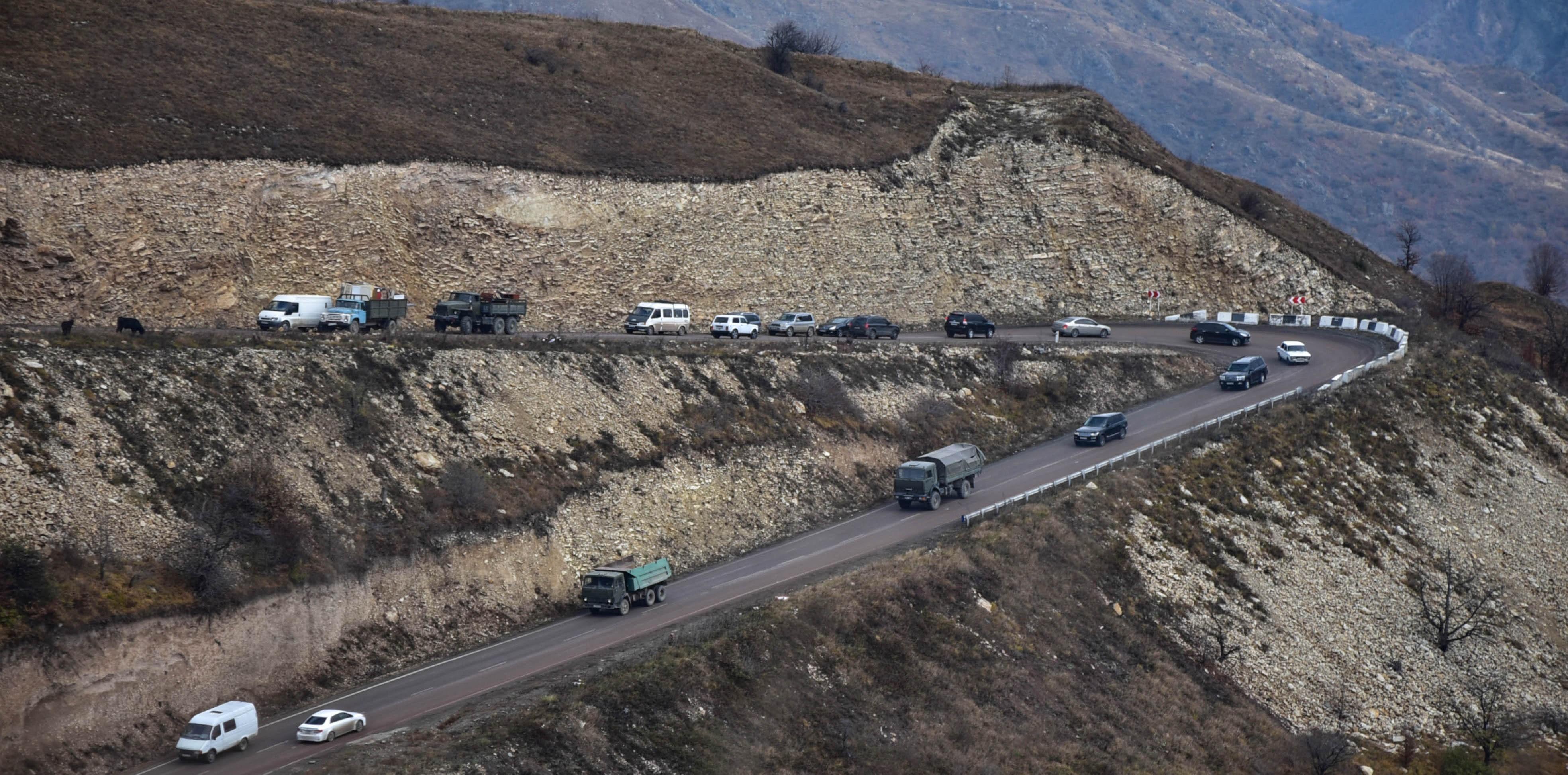
Armenians Invested Millions in Artsakh; Much Is Now in Azerbaijani Hands
Following the liberation of Artsakh in the 1990s, Armenians the world over strove to develop those lands, a part of the “historic homeland” that had been neglected for decades under Soviet Azerbaijani rule.
Resources, both human and financial, were invested to improve conditions in the new Republic of Artsakh that consisted of the former Nagorno Karabakh Autonomous Oblast and surrounding territories.
What was invested over the past thirty years in those lands, the bulk of which are now under Azerbaijani control?
On December 9, the Ministry of Territorial Administration and Development of Artsakh published the list of 118 communities in the seven districts of the Republic of Artsakh now under Azerbaijani control. (The seven administrative districts are Shahumyan, Martakert, Askeran, Martuni, Hadrut, Shushi and Kashatagh.)
Over the past 28 years, Armenian organizations and individuals have donated and invested millions in these communities now under Azerbaijani control. The below figures are the investments made by the following: Hayastan All Armenian Fund. (As stated, many other organizations and individuals collected funds and worked in Artsakh over the years.)
Hayastan All Armenian Fund
In 1992, the Hayastan All Armenian Fund (HAAF) was established to rebuild Artsakh with funds raised by Armenians around the world and to implement development programs in Armenia, which was severely affected by the catastrophic 1988 earthquake.
According to our calculations, HAAF has invested the lion’s share in Artsakh, some $110 million in the “lost” Artsakh areas. This calculation does not include 1992-1997 figures as the costs of the work done then were not disaggregated by the community reports.
HAAF officials told Hetq that in 1992-95, it allocated $4,639,848 to humanitarian programs to rehabilitate and modernize the infrastructure of the Artsakh Republic's economy. HAAF has created energy, water supply and road construction infrastructure in Artsakh. The first major projects were the reconstruction of Vaghuhas village, the construction of Goris-Stepanakert highway, the construction of Shushi-Karmir Shuka power line, the construction of Baluja-Stepanakert water pipelines, etc.
Three communities from the Shushi District were handed over to Azerbaijani control as part of the November 9, 2020 ceasefire - the town of Shushi and the villages of Karin Tak and Kirsavan. For the past 26 years, HAAF carried out large-scale capital works in Karin Tak.
HAAF investment in Hadrut District now under Azerbaijani control
Development programs in Hadrut were implemented by the Hayastan All-Armenian Fund and the Armenian General Benevolent Union (AGBU). HAAF has made major investments in building infrastructure and addressing social and health issues.
Hadrut: AGBU investment
The priority for the AGBU was the resettlement of Artsakh. In 2002, the reconstruction of the village of Norashen in the Hadrut District began. This project later became the AGBU General Resettlement Program in Artsakh, which aimed to restore and resettle Armenian villages destroyed and abandoned in the 1988-1994. war. The AGBU has built 20 houses, an aid station, a kindergarten and a school in Norashen. The school, designed for 80 students, has eight classrooms, a hall for various events, and a computer room. About 150 residents live in thirty houses built by the AGBU in Artsakh Ten houses were built in Bareshen village.
Investment in Kashatagh and Karvatchar
The resettlement of Kashatagh started before the end of the first Artsakh War. The official decisions were made in the fall of 1993. In 2001, the NKR government approved a 10-year resettlement program, which clarifies the resettlement goals and geographical location. Under the 10-year resettlement program, 10,000 apartments, 200 schools, medical facilities, water lines, roads, etc. were to be built.
ARF investment in Kashatagh and Karvatchar
The largest investments in Kashatagh and Karvatchar were made by the Armenian Revolutionary Federation (ARF). According to their calculations, the volume of investments amounted to more than $20 million, which does not include charitable programs. Construction of small hydropower plants began in the Aghavno River area in 2009. In 2011, the "Syunik-1" hydroelectric power station was opened, followed by "Syunik-2", "Syunik-3", "Syunik 4" plants.
ARF Central Committee member Hakob Matilyan says the ARF organized the investments and that they never pursued a profit motive. He told Hetq the purpose of the construction of power plants was mostly social and strategic, which is why they had at least 25 shareholders. The investors were the members of the party, who regularly helped Armenia.
"We tried to involve many people, mainly Diaspora Armenians. The locals were simply involved in that work as a guarantee for the Diaspora Armenians to have confidence in making investments. First, we wanted to create a certain number of jobs, to stimulate economic life in these regions, to serve as an example for other employers and those who have money," says Matilyan.
Matilyan says that the investors were, of course, concerned because the status of those areas was not specified.
"We took the risk and started the work. We started the construction of the first hydro-plant in Kashatagh. After "Syunik-1". other investors were included in the program because they saw that it had succeeded as a business program. After the successful experience of hydropower plants in the Kashatagh region, other investors came and started working," says Matilyan.
Matilyan says they created 50 jobs and provided 22% of the electricity consumed in Artsakh with those hydro-power plants. They produced as much as electricity as Artsakh received from Armenia.
"We became the largest taxpayer in the Artsakh Republic. We have helped the leadership of Kashatagh in all issues. With the proceeds from the plants, we carried out the lighting of the city of Berdzor. A playground was built. We created the Kashatagh Charitable Foundation, to which we have made regular donations,” Matilyan told Hetq.
He says that the same energy resources were available in Karvatchar, but they were not used. At the suggestion of the Artsakh government, a small hydroelectric power plant was built there on a small tributary, the Lev River.
Matilyan says that afterwards, the ARF made larger investments in Karvatchar and built large hydro-plants. Everything was going smoothly until the November 9 Artsakh capitulation.
A modern kindergarten was built in the village of Yeghegnout in Karvatchar with the help of a benefactor who was a shareholder in the power plant project and donated the collected money to the kindergarten.
Ariavan was built in the village of Aghavno in Karvatchar with the investment of the Lebanese-Armenian ARF. They built 50 houses with modern communal facilities and a plot of land near it. The houses in Ariavan were provided to large families, officers who had served in the army for more than twenty years, and other residents. The infrastructure had to be created. The village, at the beginning of the Berdzor corridor, was deprived of electricity and natural gas after the recent Artsakh war, but residents do not plan to leave their homes. They have assumed security of the village.
The second major project of ARI (Artsakh Roots Investment) was the construction of the Sydney settlement in Karvatchar. The settlement was built mainly with the $500,00 investment of Lebanese-Armenians and Australian-Armenians. The Artsakh government has invested another three hundred thousand dollars to build infrastructure in the district. The settlement had not been inhabited. 12 out of 15 private houses were ready for habitation.
Tufenkian Charitable Foundation investment in Kashatagh
The Tufenkian Charitable Foundation (TCF) started its work in Artsakh in 2003. Its resettlement and economic development projects were mainly implemented in Kashatagh. Some $4 million was invested over the years. The focus was on school construction, housing, economic development, support for culture, renovation of historical monuments, etc. In 2004, the TCF established the village of Arajamugh in Kashatagh. It includes are 3-4-room private houses, built on adjacent land plots in accordance with current requirements. Each year, six houses were planned, bringing the total number to 40.
ARF projects in Kashatagh and Karvatchar
AGBU Investment in Karvatchar
The AGBU provided agricultural machinery to Berdzor region residents of Berdzor. A vehicle parking lot was established for that equipment and a warehouse was built. Olive orchards have been established in the Berdzor region. 21,400 olive trees have been donated to 16 resettled Syrian-Armenian and 15 local families.
With the tripartite ceasefire of November 9, 2020, eight villages in the Askeran district (Avetaranots, Aknaghbyur, Armenakavan, Jraghatsner, Madatashen, Sghnakh, Ughtasar and Moshkhmhat communities); eight villages in the Martakert district (Talish, Mataghis, Hovtashen, Nor Aygestan, Nor Karmiravan, Nor Hakajur, Nor Maragha, Nor Seysulan), and seven villages from the Martuni district (Jivani, Shekher, Zardanashen, Vazgenashen, Sargsashen, Taghavard, Nerkin Chartar) also passed under Azerbaijani control.
Hayastan All Armenian Fund investment in Askeran communities now under Azerbaijani control.
Investment in Martakert communities
The Hayastan All-Armenian Fund (HAAF) has carried out large-scale construction work in Talish village as part of its Talish Revival program. 18 residential houses were rebuilt. A community center, medical aid station, a club, a hall for celebrations, a 4.5 km drinking water network and a sewer were built.
HAAF investment in Martuni communities now under Azerbaijani control
PS: This article does not include the many investments made by private individuals in the transferred areas of Artsakh.
Data analysis and infographics by Karin Manukyan and Katya Mamyan
Photos by Saro Baghdasaryan, Hayastan All-Armenian Fund
 Videos
Videos Photos
Photos

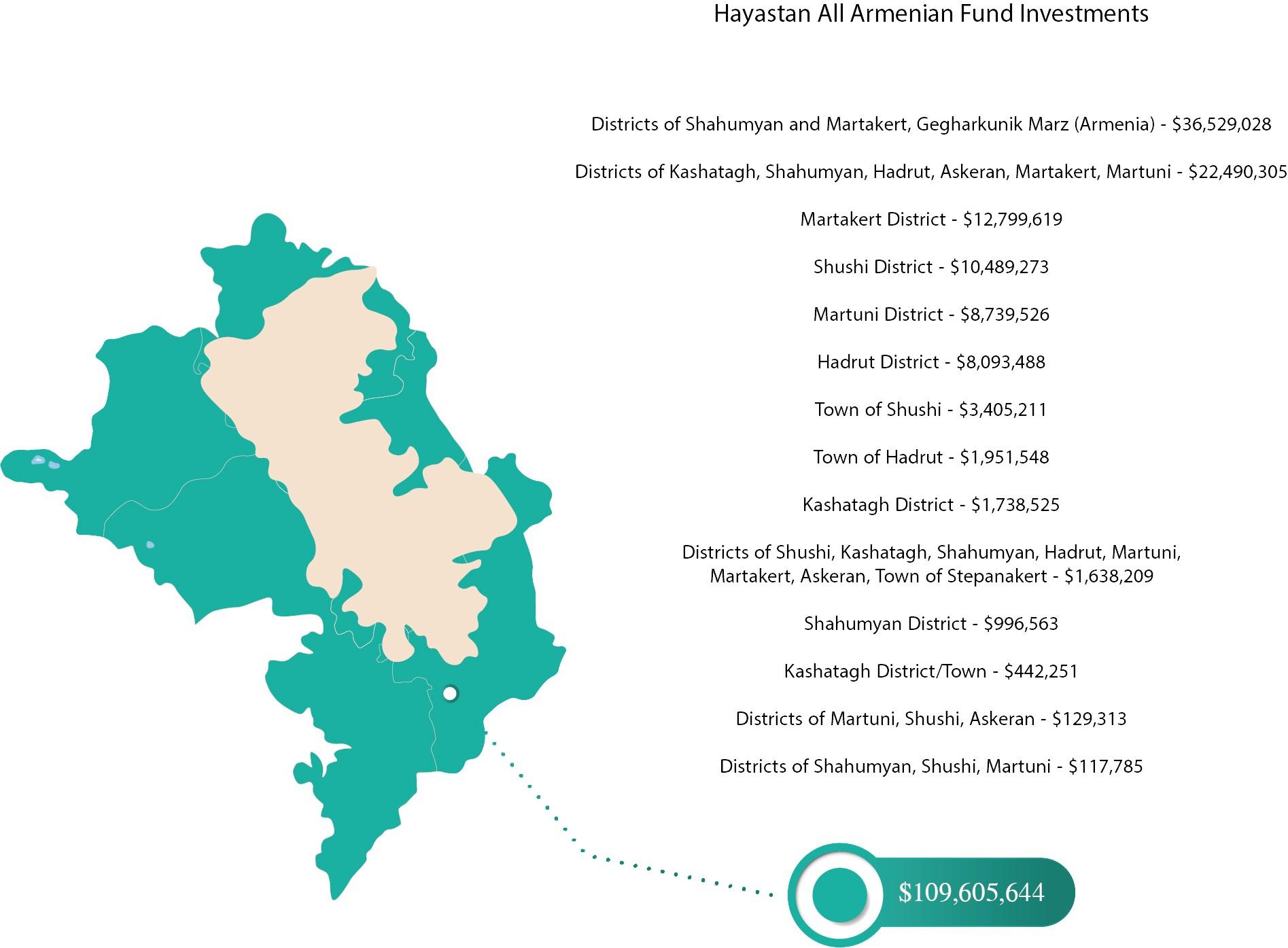


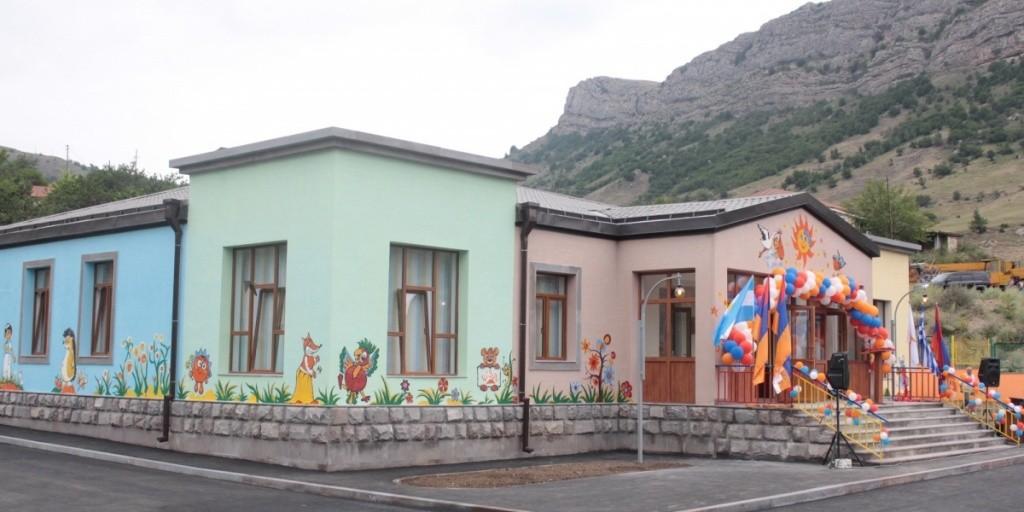
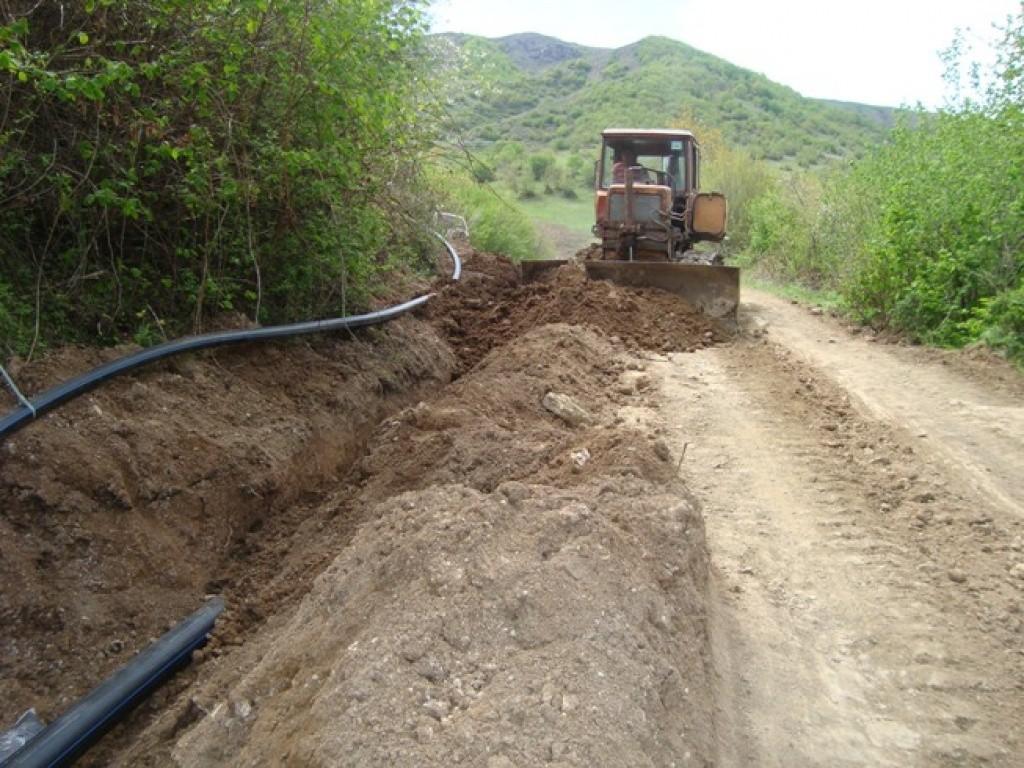

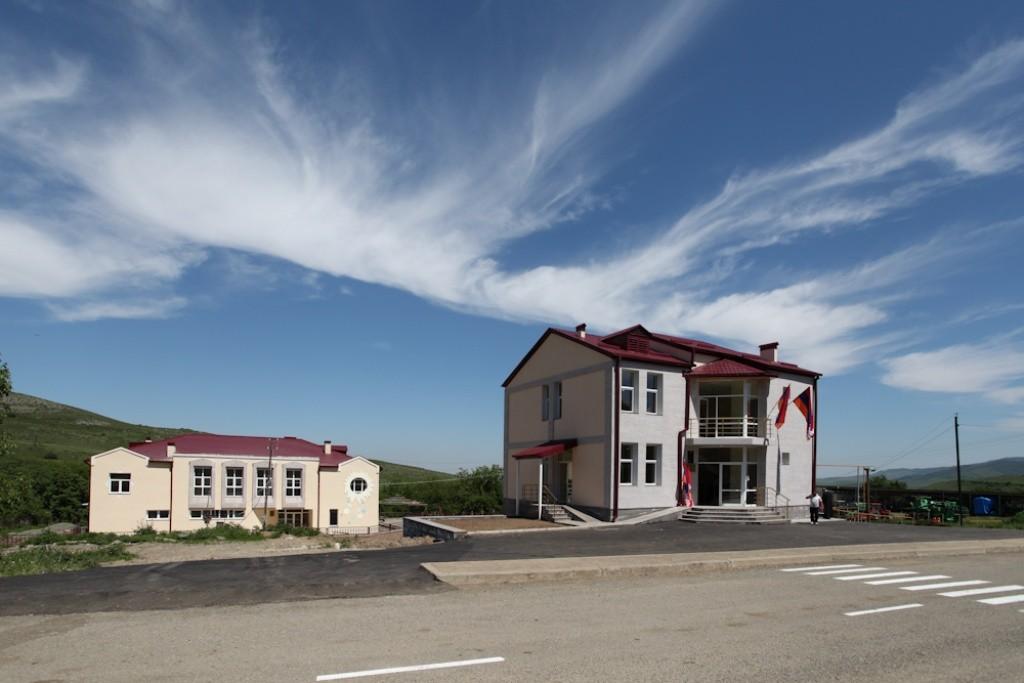
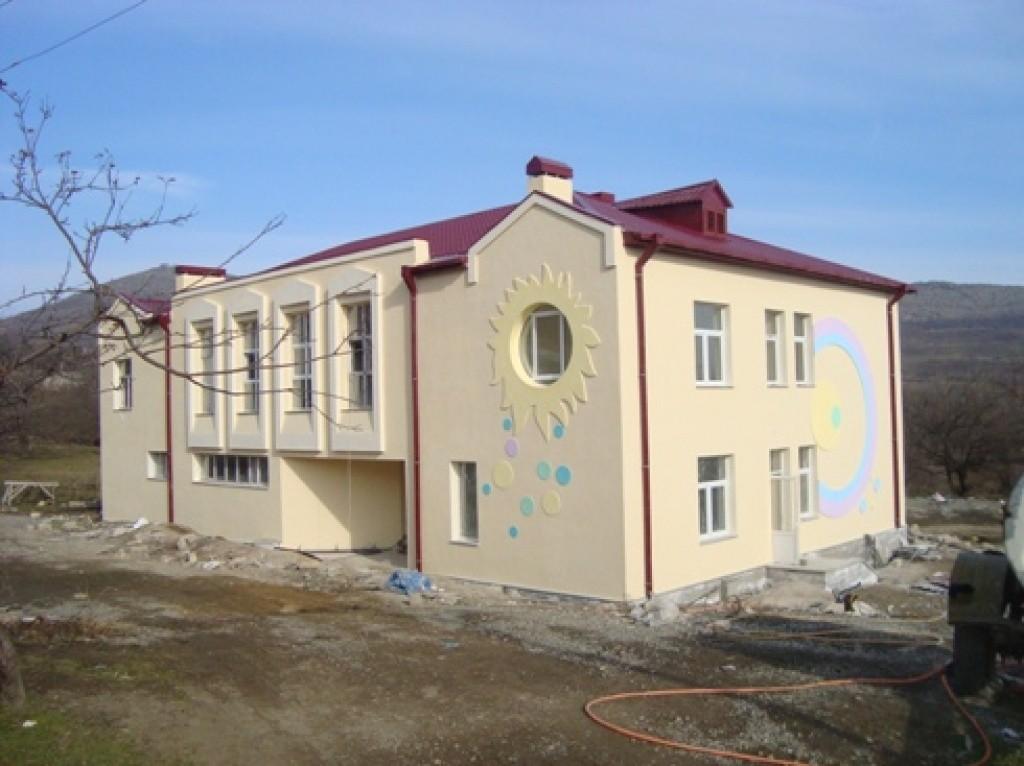
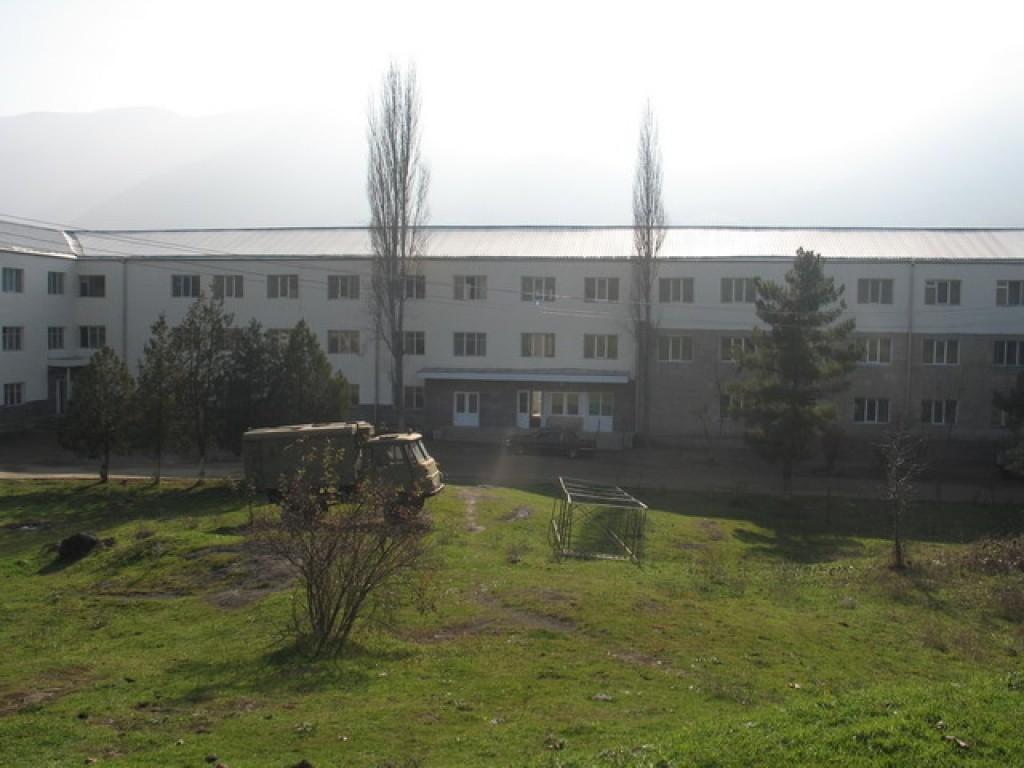
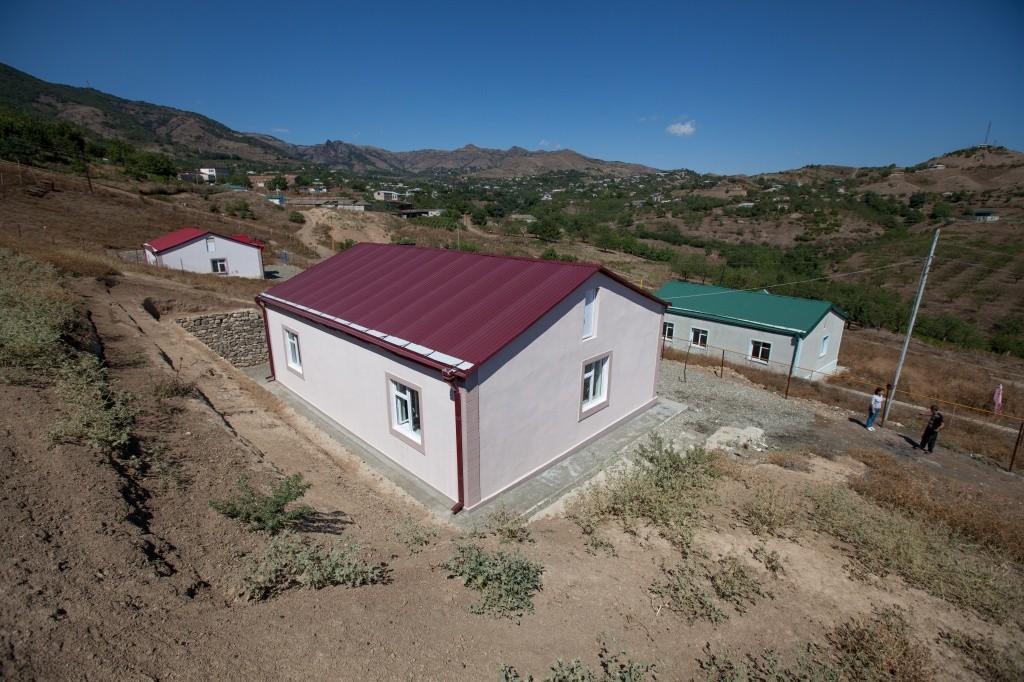
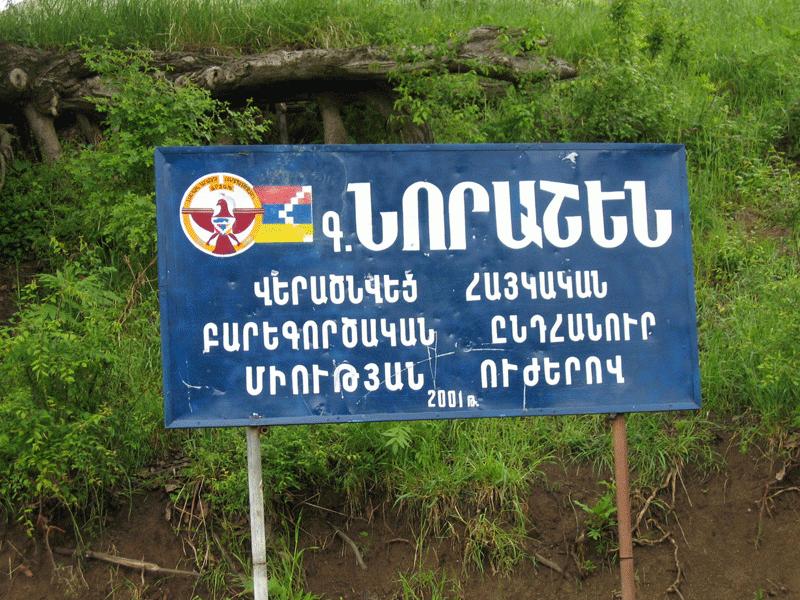
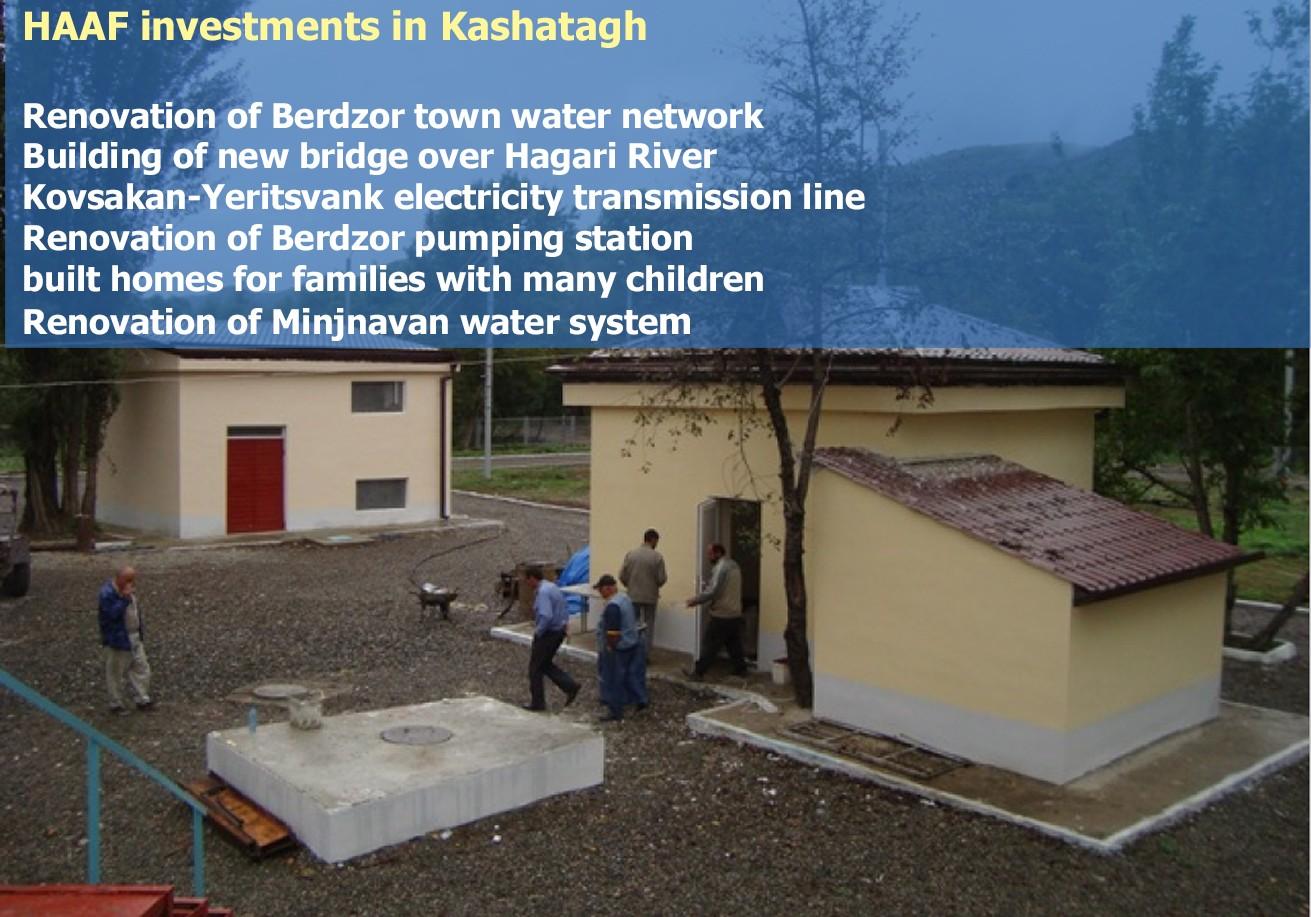

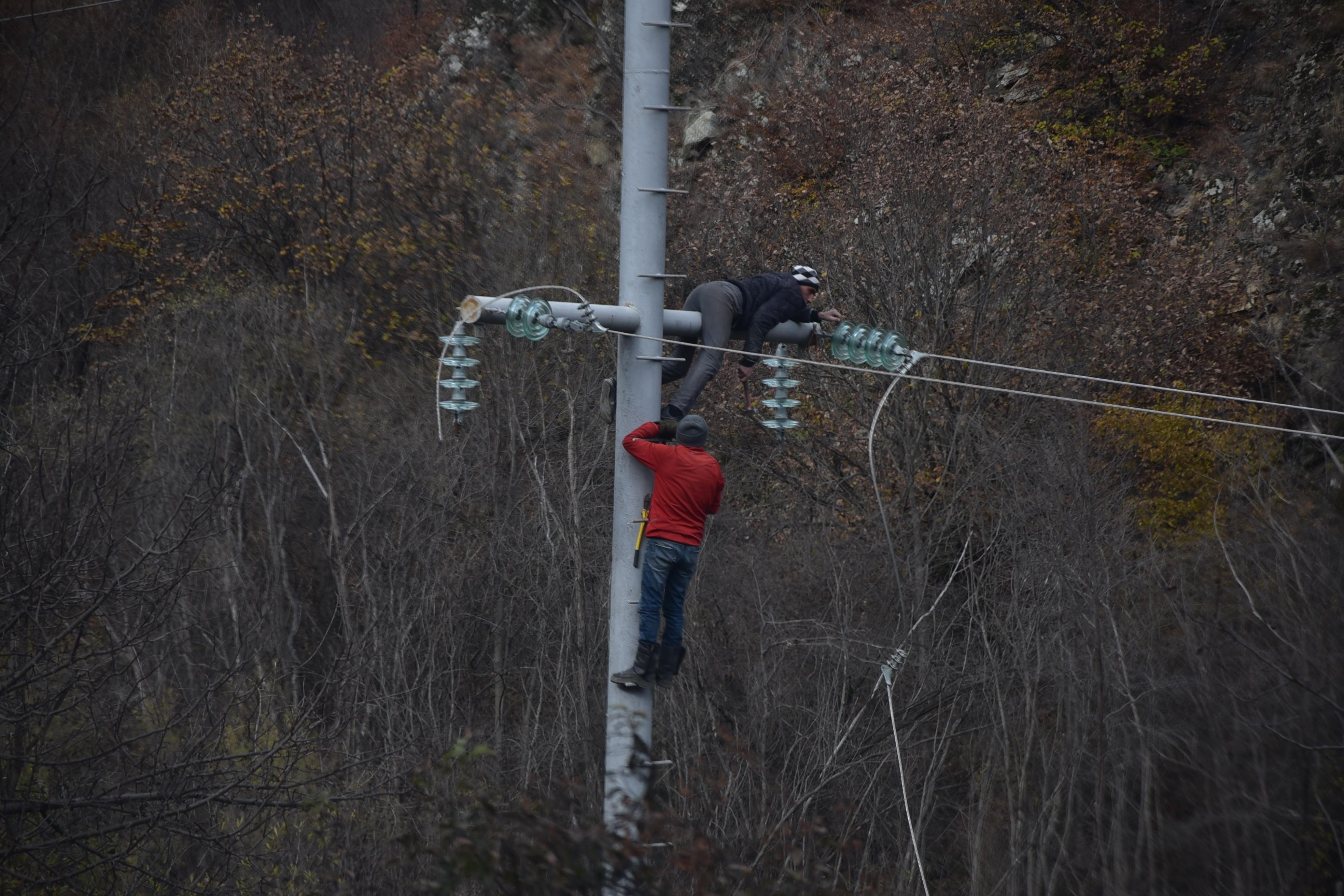
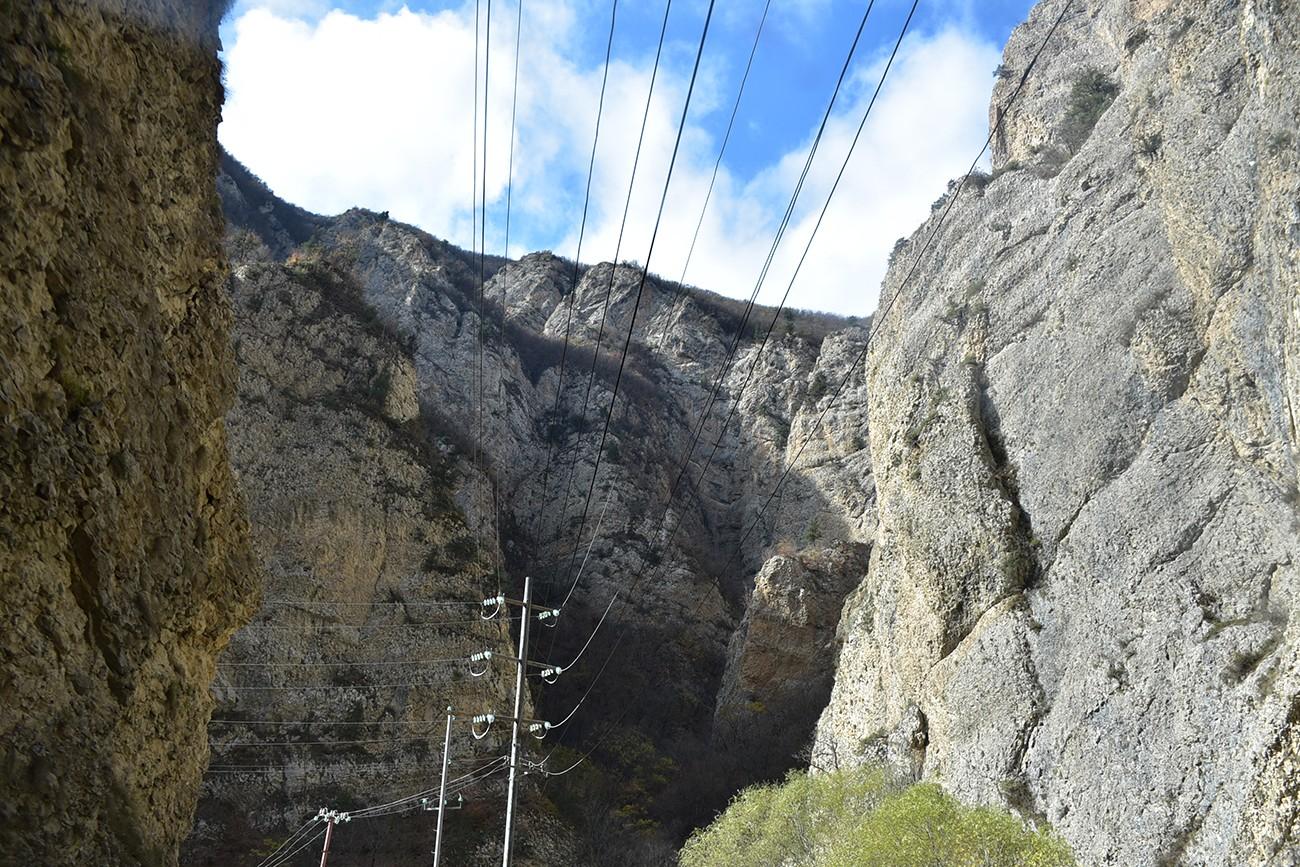
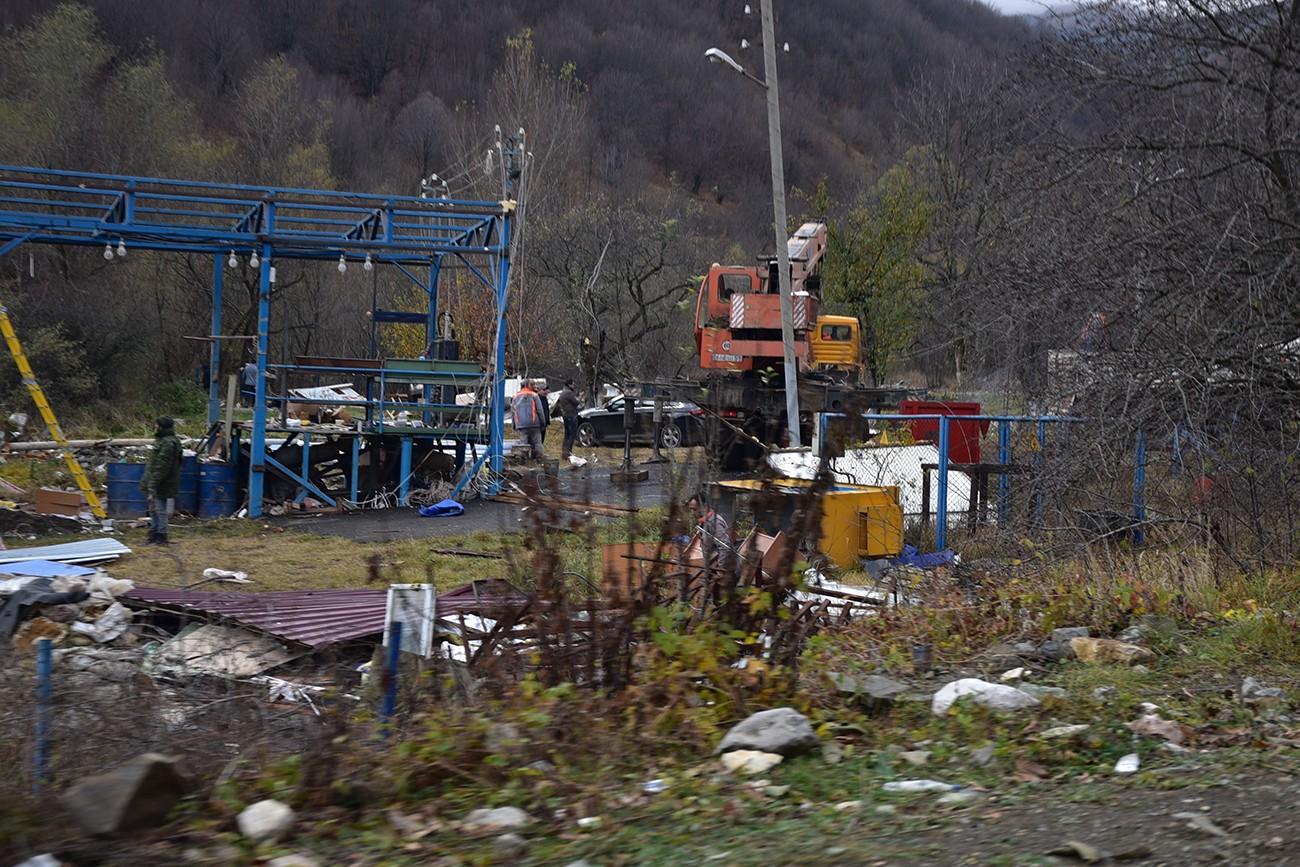
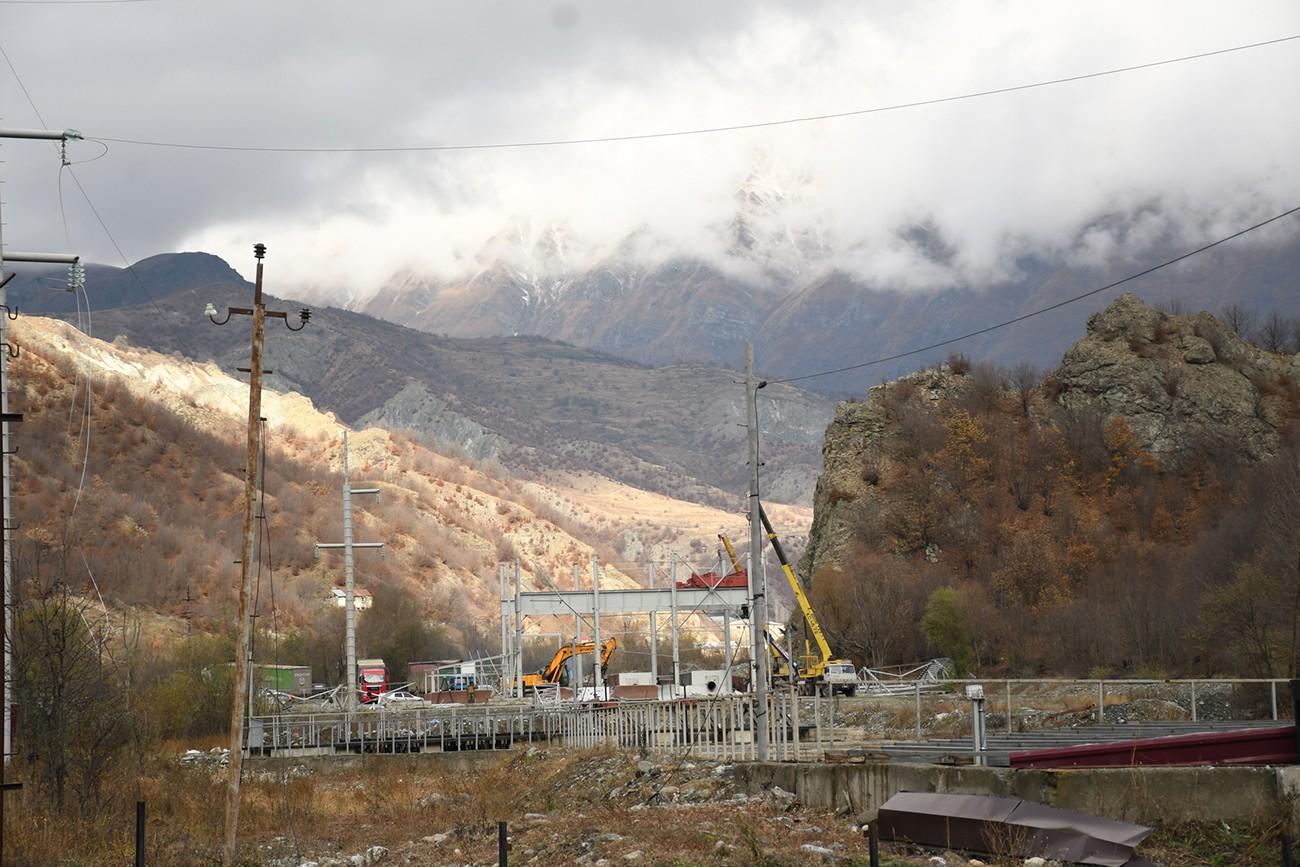

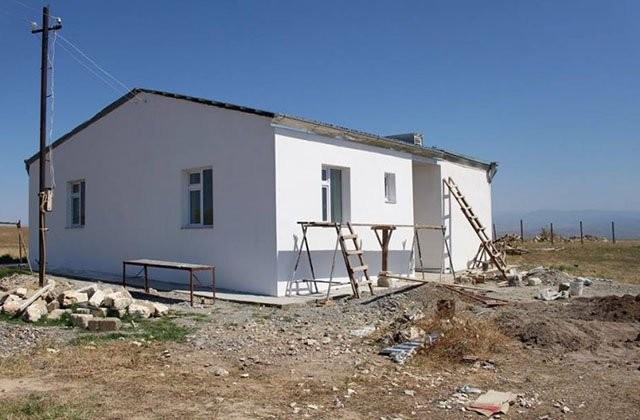
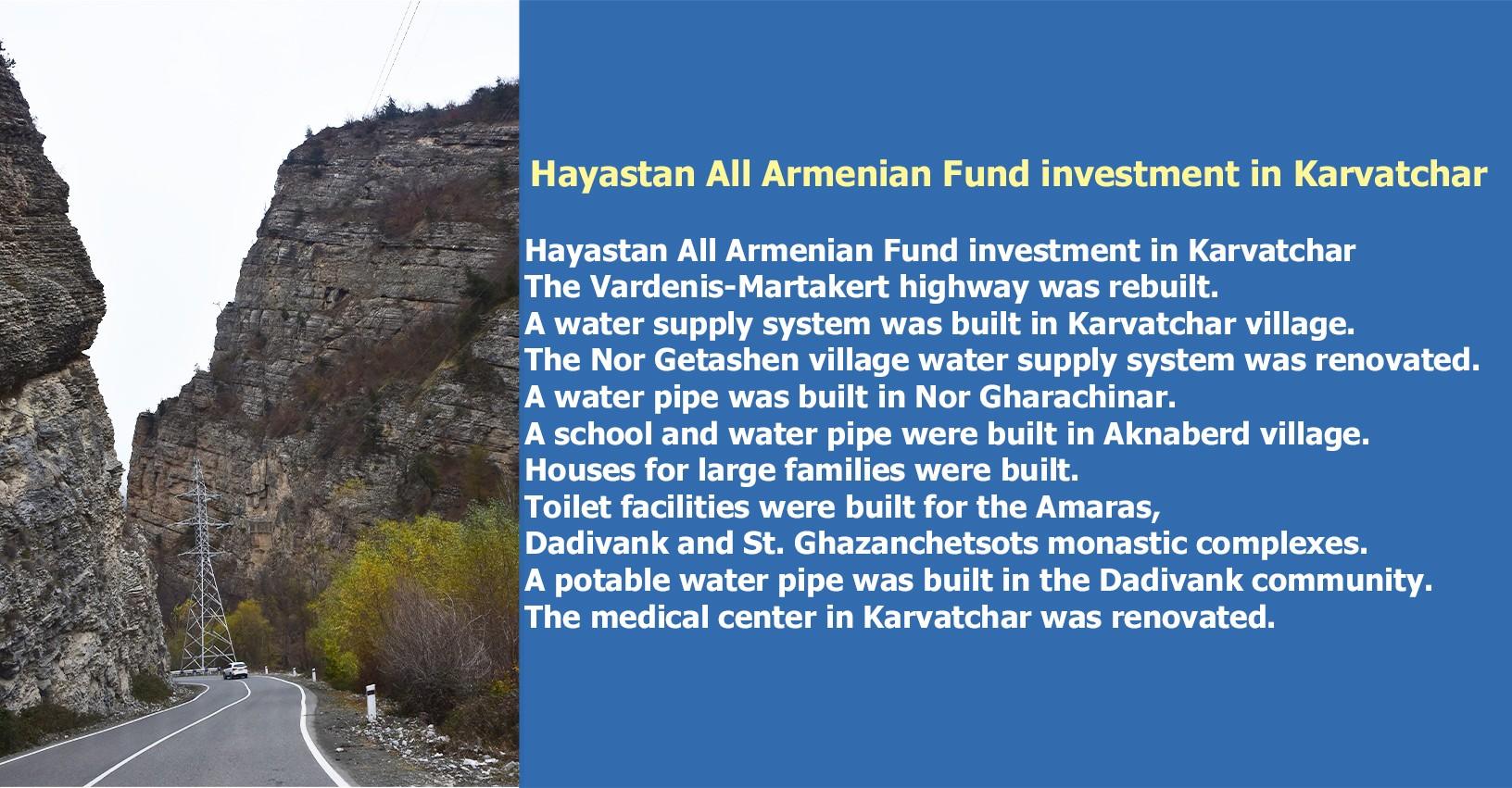
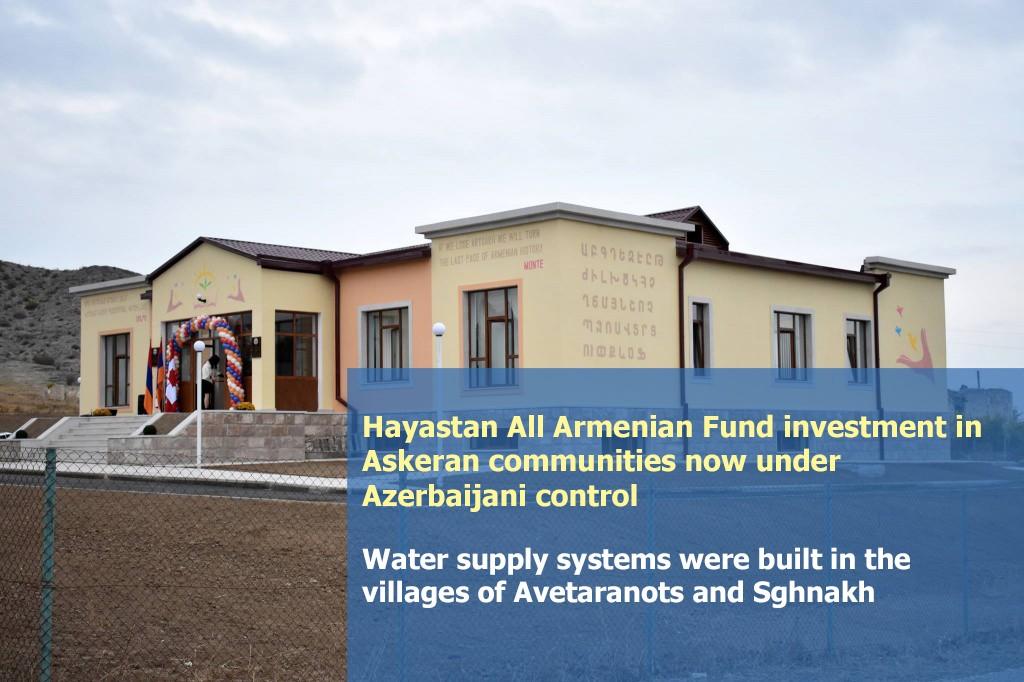
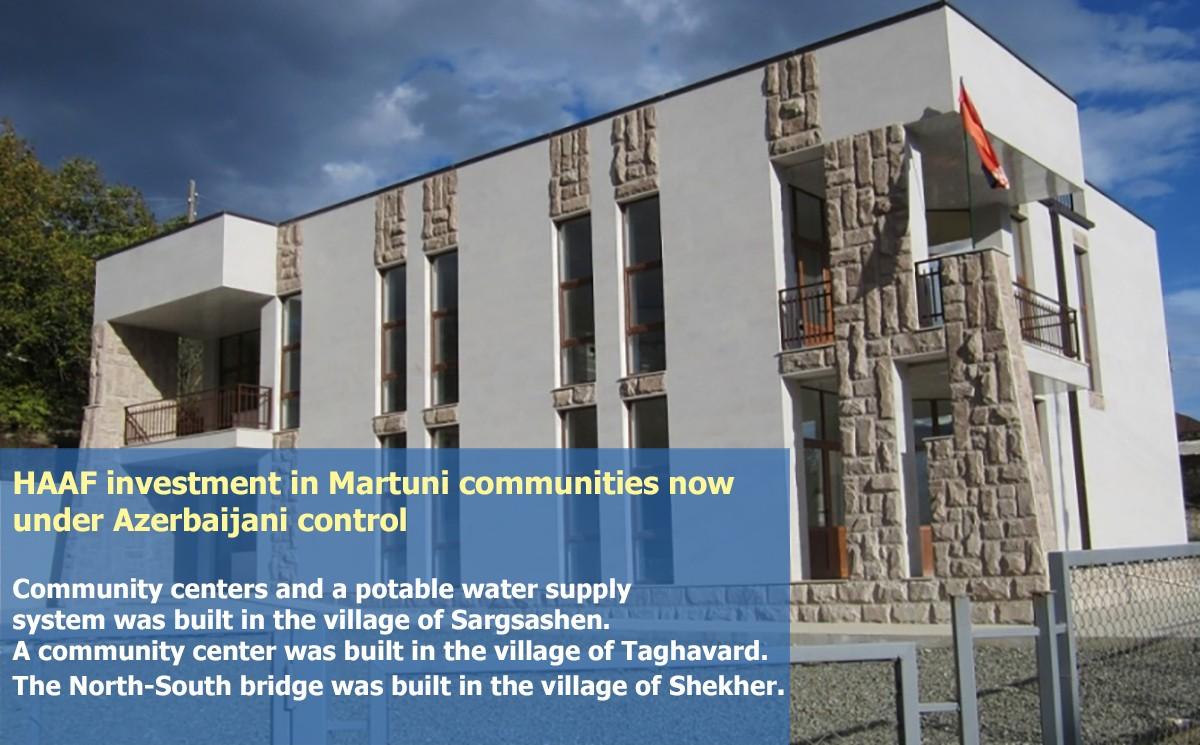
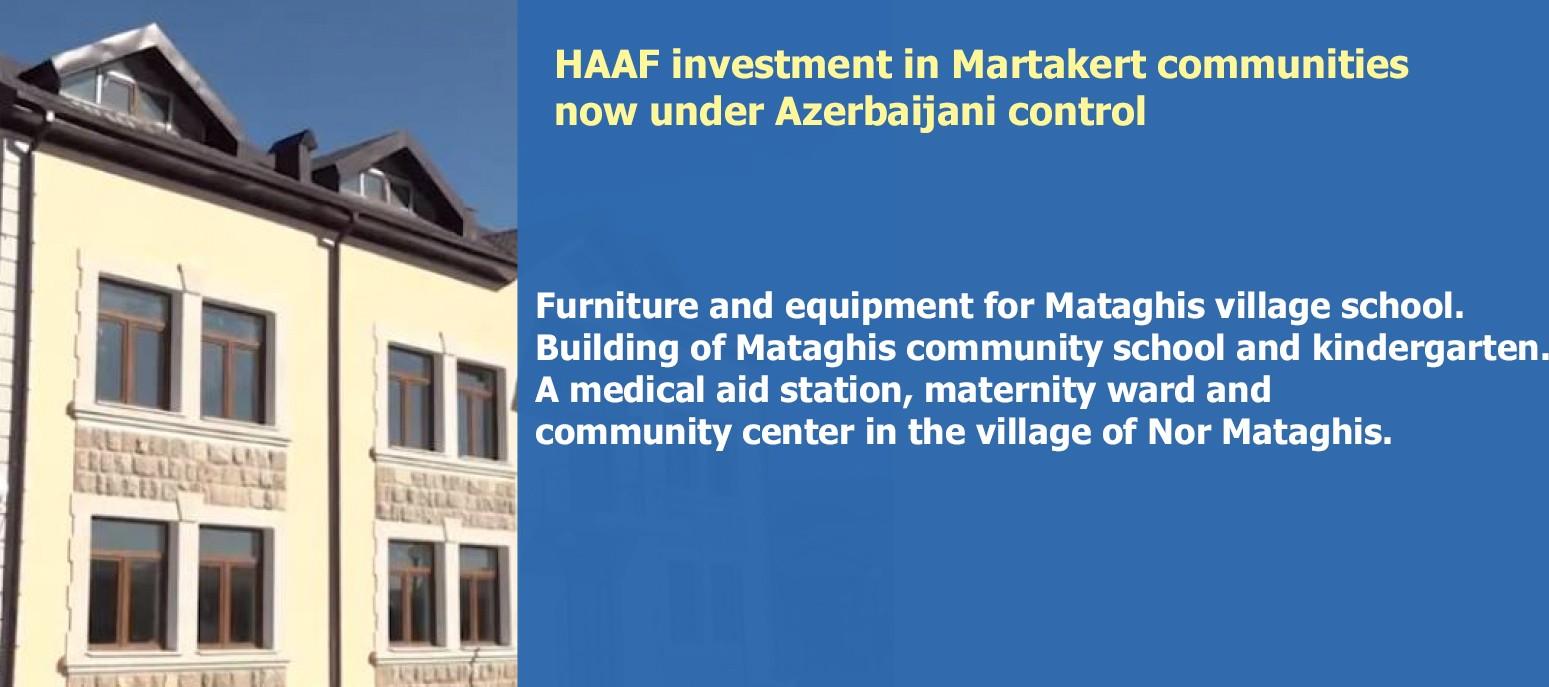
Comments (13)
Write a comment